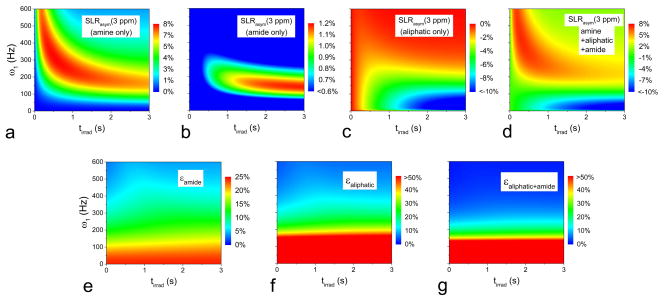Fig. 5. Selectivity of amine CESL MRI increases with high irradiation power: simulations.
SLRasym as a function of ω1 and tirrad was simulated at an off-resonance frequency 3 ppm (i.e., 1200 Hz) from CEAPA solutions for amine pool only with population Pamine = 0.0012, exchange rate kamine = 7500 s−1, and chemical resonance frequency δamine = 1200 Hz (A); amide pool only with Pamide = 0.0012, kamide = 30 s−1, and δamide = 1400 Hz (B); aliphatic pool only with Paliphatic = 0.003, kaliphatic = 20 s−1, and δaliphatic = −1200 Hz (C); and all three pools together (D), where the color bar is in units of % of S0. The contamination of slow exchanging protons to the amine signal — i.e., ε = |SLRasym(non-amine)|/SLRasym(amine) — was shown as a percentage in (E) for amide pool only, (F) for aliphatic pool only, and (G) for the combination of amide and aliphatic pools. ω1: off-resonance irradiation power; tirad: off-resonance irradiation time.

